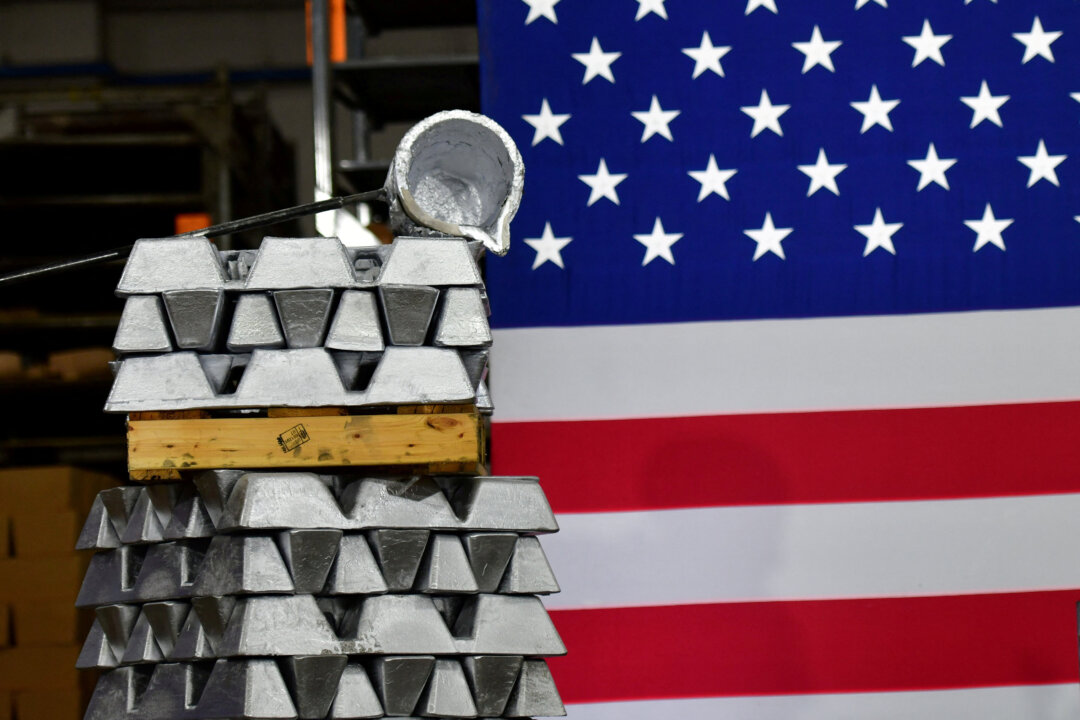U.S. manufacturing continued to grow in March, albeit at a slower pace than the brisk expansion seen the month prior, according to new data from the Federal Reserve, which comes amid President Donald Trump’s tariff-led push to reindustrialize the American economy and rebuild the country’s long-declining industrial base.
The Fed report also showed that the manufacturing sector—which accounts for roughly 10 percent of the U.S. economy—grew at a 5.

1 percent annualized pace in the first quarter, rebounding sharply from a 1.5 percent contraction in the final three months of 2024. Trump’s pledge to revive U.
S. manufacturing played a pivotal role in his 2024 election campaign. Even before his inauguration in January, measures of business sentiment began to surge, reflecting expectations that his administration’s policies would prioritize domestic industry and create a more favorable environment for investment and production.
The president views tariffs as a tool to accomplish three key goals: using trade pressure to extract concessions from foreign governments, encouraging American companies to reshore production, and raising revenue to fund tax cuts for households and businesses. Trump and members of his administration say the tariffs will deliver long-term benefits, though they have acknowledged the potential for near-term disruptions. “The announcement of a 10 [percent] minimum tariff that jumps to 25 [percent] for some products and then rises steeply to 145 [percent] for the majority of Chinese exports may, over time, reap benefits for the U.
S. economy and American workers,“ the ING analysts wrote. ”In the near term, though, it means the U.
S. economy faces a very challenging and likely economically damaging transition period.”.
Business

US Manufacturing Expanded in March, but Momentum Eased From February Surge: Fed

The Fed report also showed that the manufacturing sector grew at a 5.1 percent annualized pace in the first quarter.














